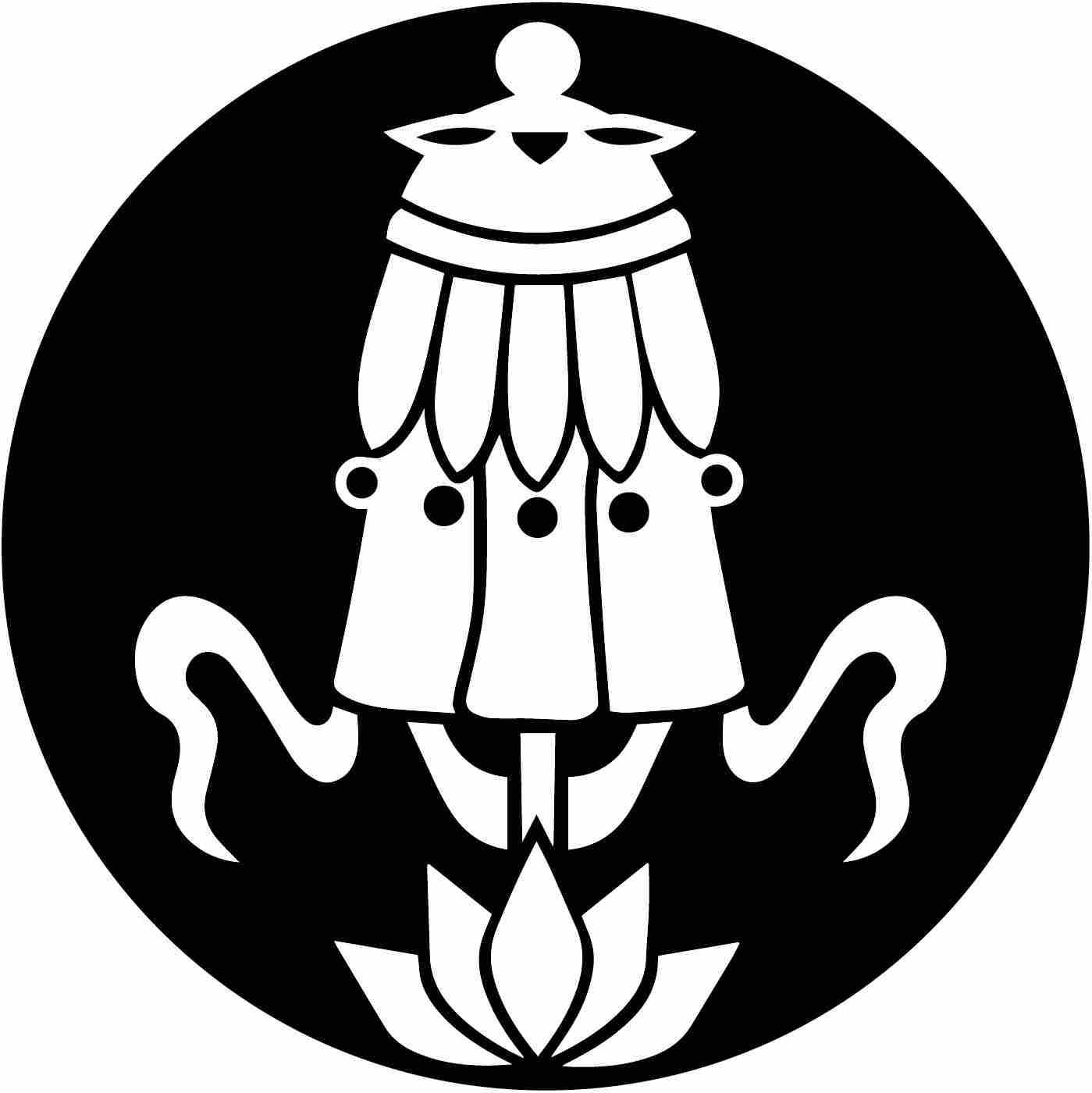It Is a Fair Exchange

Why are you stealing animals, says the mother. Is it because you know we are without a man?
I look around the room. The boy puts the radio down. Painfully the skin above his eyes furrows as he looks at his mother. On the altar there is a handkerchief covering a portrait. My heart skips. These people are observing the first forty-nine days of mourning.
There is a darkness in my blood, I say.
Just like your brother, says the girl in the yellow deel. I look at the floor. I remember this girl from one afternoon of gurem, her black hair flashing in the sunlight.
I and my fellow monks at Yatuu Gol belong to Sharyn Shashin, the Religion of the Yellow. Most likely the local people do not know the difference between the Gelug School of Tibetan Buddhism and the many forms of Buddhism in the world. This girl probably doesn’t know that, unlike the monks of the Theravada tradition, who live mostly in Southeast Asia, their robes a brilliant saffron orange, the monks of all four schools of Tibetan Buddhism do not go begging for alms. In the Theravadic world, early mornings a river of monks streams out at first light, wooden bowls around their necks, the local people coming forward with offerings. Conversely, in the remote regions where Tibetan Buddhists live, the practice of begging for food is impractical given the emptiness of the landscape.
Among this family, most likely only the grandmother knows the full story of how, beginning in 1924, Buddhism is all but wiped out during Mongolia’s communist epoch, though even this elderly woman is probably not alive during the first purges. Just before the millennium when the Rinpoche reestablishes Yatuu Gol after the fall of the Soviet Union, he quickly reinstitutes the practice of gurem. Thanks to gurem, we monks travel to people’s homes where we pray that the family may be free from hunger, thirst, and illness, and in return, the people make us offerings of food and money. Because Yatuu Gol is so isolated, Mongolia a country twice the size of the American state of Texas but with only three million inhabitants, we cannot practice gurem often. Mostly we go out to visit the lay community during the Mongolian summer, when the flocks are at their fattest. We cannot deny the people a chance to improve their karma by giving to the disciples of Buddha. It is a fair exchange. Bringing us into their homes reminds the people to be virtuous. Seeing the laity prostrating themselves before us reminds us that we have much to live up to.
Somehow at the end of a day of gurem, Mun always returns to the monastery with a few candy bars tucked in the folds of his robe. Unlike him, I dread gurem. I recoil from it not because of the long walk out to some isolated homestead, the grasslands shadeless and teeming with flies, nor for the taking of food from simple people who have little to give. No, I dread these prayer offerings in people’s homes because of girls like this, this girl in the yellow deel with the black coils of her hair shining. There are no women at Yatuu Gol. Outside Ulaanbaatar, Buddhist nuns are still a rarity. And so gurem brings me into contact with a part of life I am discovering for the first time. How after a day of gurem during the interminable trek back to Yatuu Gol, the monastery nestled in the shadow of the sleeping volcano, some young woman’s radiant face always stays tucked away inside me in a room whose existence I do not allow myself to acknowledge.